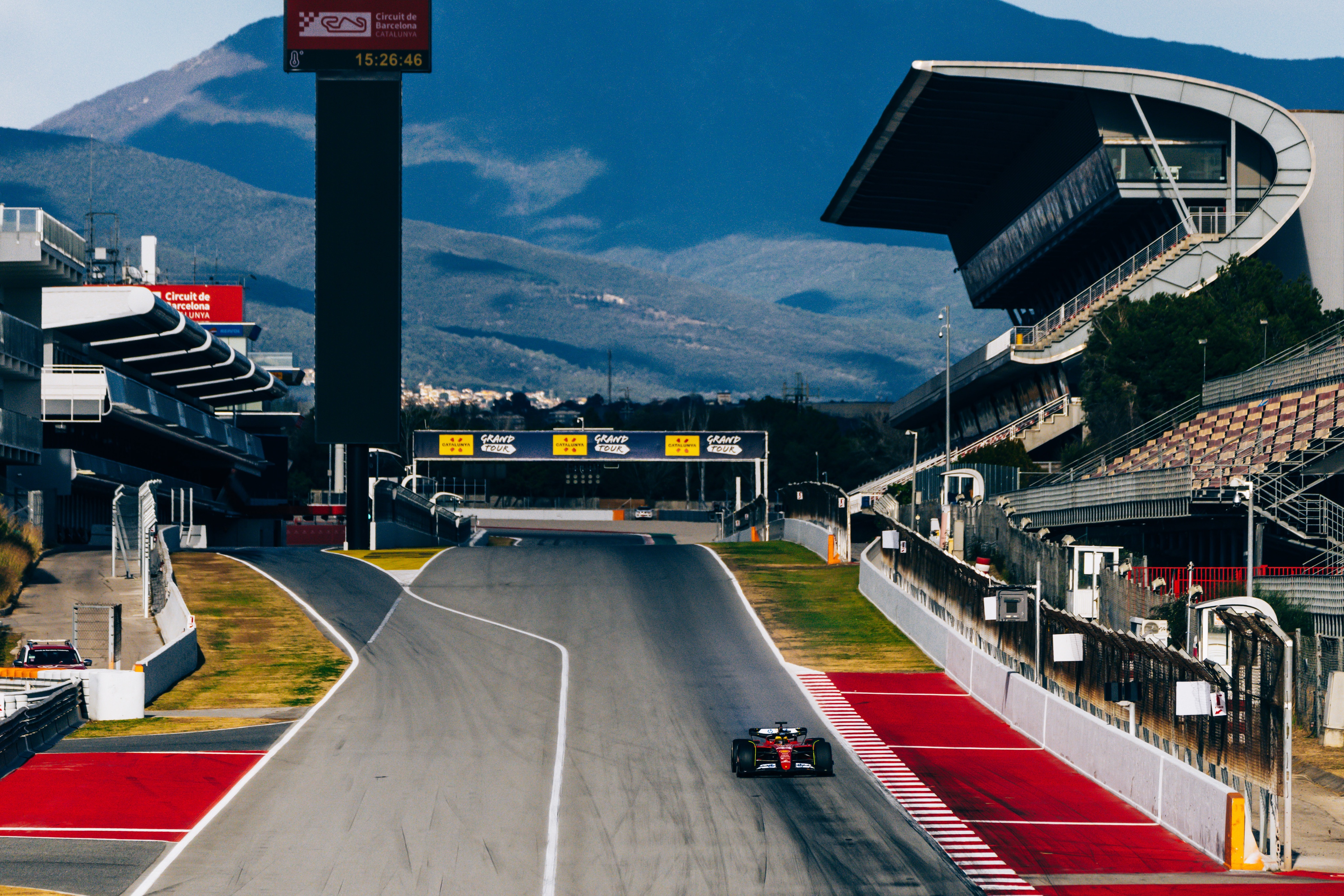First laps with SF-24 for Lewis Hamilton: the configuration for Pirelli tests

Today at 07:08 AM
Lewis Hamilton returns to drive a Ferrari, and for the first time, he does so aboard the SF-24. Unlike the recent TPC tests, which involved the use of cars at least two years old, the ongoing tests in Barcelona are part of Pirelli’s development program for the 2026 tires, with McLaren also participating. The cars on track are 2024 models, but in a special configuration designed to replicate, as much as possible, the characteristics of next year’s cars.
The 2026 updates
The objectives of the test require significant modifications to the cars, limiting references to the previous season, and, in Lewis Hamilton’s case, the familiarization with the latest Ferrari. The most significant difference concerns the tires, which have been revised in construction and compound, being very different from the current ones. For 2026, Pirelli has chosen to continue with the 18-inch diameter wheels, narrowing the front tires by 25 mm and the rear ones by 30 mm. Despite this reduction, however, the cars in Barcelona do not feature any changes to the braking system.
The 2026 tires are designed to work under different loads than the current ones. Specifically, the next-generation cars will use active wings at both the front and rear, significantly reducing aerodynamic load in straights. However, Pirelli’s focus is on the stresses experienced in corners when the cars close the wings, transitioning to a configuration with higher aerodynamic load. “We have focused our analysis on the high-load mode, which currently shows values about 15% lower than the current ones,” explained Mario Isola. Hence, the need to conduct the development tests on the 2024 cars in a special low-downforce setup.
Higher and lighter cars
The difference in aerodynamic load between the intermediate configuration and the low-downforce one typically used in Monza is about 10%. In Barcelona, Ferrari and McLaren are running with an even more aggressive setup, reducing the wing profiles as much as possible, but not only that. By raising the ride height by just a few millimeters, they lose some load, approaching the expected values for 2026.
Raising the current cars is also functional to another goal of the Pirelli tests. The upcoming regulations could encourage teams to use ground effect less aggressively, raising the floor to work further from the ground. “There are different opinions about it; work is being done in certain directions, but it’s still not completely clear,” said Haas Technical Director Andrea de Zordo in a recent interview for the Italian media. “They probably won't be as low as they are now, but perhaps not as high as they once were.”
The 2026 cars could be taller and less rigid than the current ones, which, running very close to the ground, require strong stabilizing action from the suspension system. Therefore, Pirelli has every interest in raising the 2024 cars in the tests and softening their suspension adjustments, factors that greatly affect how forces are transmitted to the tires. Another important difference between the Ferrari and McLaren that fought for the title in Abu Dhabi and those currently testing in Barcelona.
The post First laps with SF-24 for Lewis Hamilton: the configuration for Pirelli tests appeared first on Scuderia Fans.


